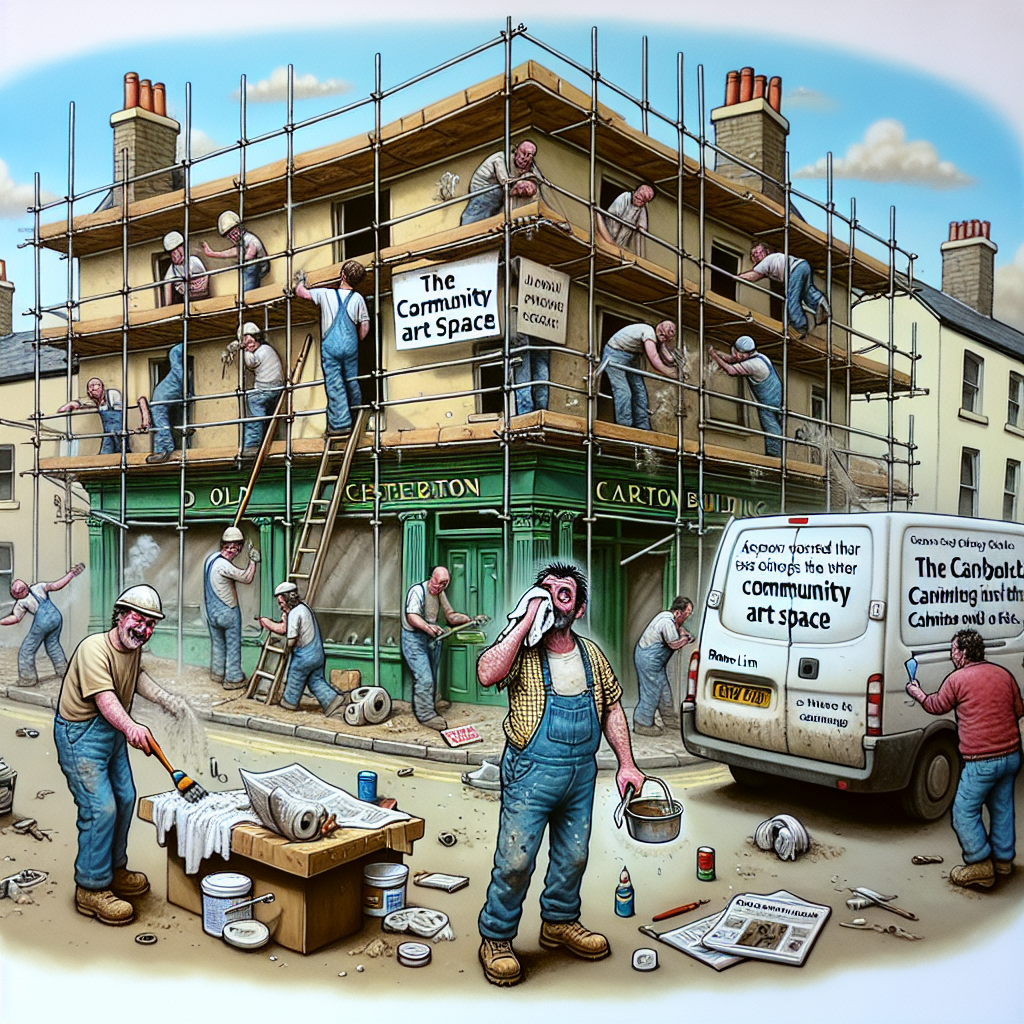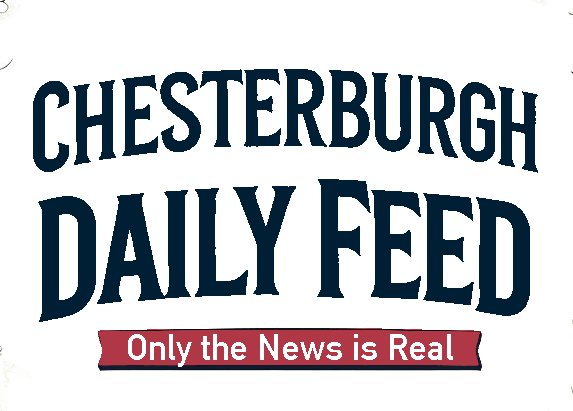“Chesterburgh’s Carlton Building: A Town’s Struggle Between Preservation and Renewal”

Chesterburgh’s Main Street is wearing a new hat these days, though no one quite agrees if it’s a feather or a sackcloth. The old Carlton Building—that squat brick block that once hosted everything from a deli to a disgraced tax preparer—is getting a facelift. Kind of. Or maybe a face-liftette. The local developer behind the project promises “revitalization.” The skeptics whisper “gentrification.”
At first glance, it looks like your average renovation hustle. Scaffolding wraps the façade, creaky plywood boards up the windows, and a gaggle of earnest construction workers buzz around with drills and paintbrushes. But here’s the twist: the plan includes a “community art space” on the ground floor, targeting up-and-coming local creators. The town council OK’d the permits with barely a murmur last month. That’s what caught my eye.
I wandered across last Tuesday when the sun was angling low, dust settling, the scent of wet paint heavy in the air. The mix of smells—fresh plaster, exhaust, and the faint sharp tang of spray paint—felt fitting for a building caught between old bones and new blood. Inside, a mid-40s guy with a canvas-carrying van parked outside introduced himself as Rowan Lima, “chief fixer and part believer.”
“This place,” Rowan said, wiping his hands on a ragged tee, “was waiting for someone to listen. I don’t just see bricks and mortar. It’s a stage for people Chesterburgh forgot.” He paused, eyes scanning the cracked ceiling beams. “We’re bringing stories back.”
Stories, yes. But not everyone in town is sold on Rowan’s brand of storytelling. There’s the Chesterburgh Preservation League, which has raised eyebrows at the hastiness of the town’s approval process. “They moved too fast,” said Marge Ellery, a spry septuagenarian who’s campaigned fiercely to keep the town’s historic charm intact. She eyeballed the construction site over her signature thick glasses. “The Carlton’s a landmark. Tinker with it too much, and you lose what makes this place Chesterburgh.”
Marge isn’t wrong to be cautious. The Carlton Building’s bricks have seen nearly a century’s worth of parades, protests, and pedestrian traffic jams. The original owner, that crusty old butcher Mr. Carlton, reputedly built the place brick by brick in the 1920s. For locals, it’s less about architecture and more about memory.
Yet, if you ask around Chesterburgh’s coffee shops or the greasy diner near the depot, opinions split. “It’s time something moved,” said Terrell “T.J.” James, who’s worked the diner grill for 25 years and knows most of the town’s stories by heart. He sipped his black coffee and studied the construction site with a mix of curiosity and guarded hope. “This town’s slowed down so much, people forget the world’s still spinning outside these hills.”
Rowan’s notion of spinning stories involves converting the Carlton’s upper floors into affordable artist studios while opening that ground-floor gallery to the public. The idea is to breathe life into an empty shell without turning it into a forgettable chain shop or, worse, town office space. The latter is a sore subject, given Chesterburgh’s recent string of “quiet” planning meetings and zoning exceptions that left some residents squinting for answers.
The zoning board’s minutes from last month are a case in point: sparse on detail, heavy on vote counts. One line reads: “Permit for adaptive reuse of Carlton Building approved unanimously.” The silence around specifics hasn’t helped quell suspicion. I tried to get a word with the town planner, but all I received was a tightly worded email thanking me for my interest and referring to “ongoing community feedback sessions.”
Community feedback sessions, however, have been anything but public. Held behind closed doors at the town hall, invitations sent to a select group of “stakeholders,” they fuel the very whispers that Rowan and others hope to undo.
“When the people wh
